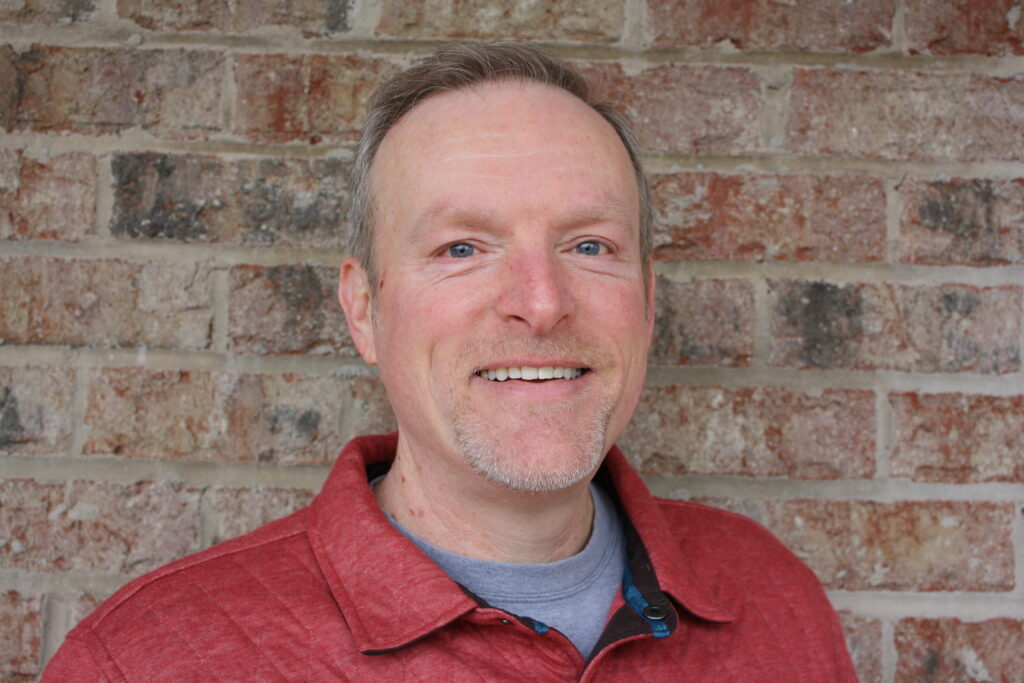Coon Hunting In North America
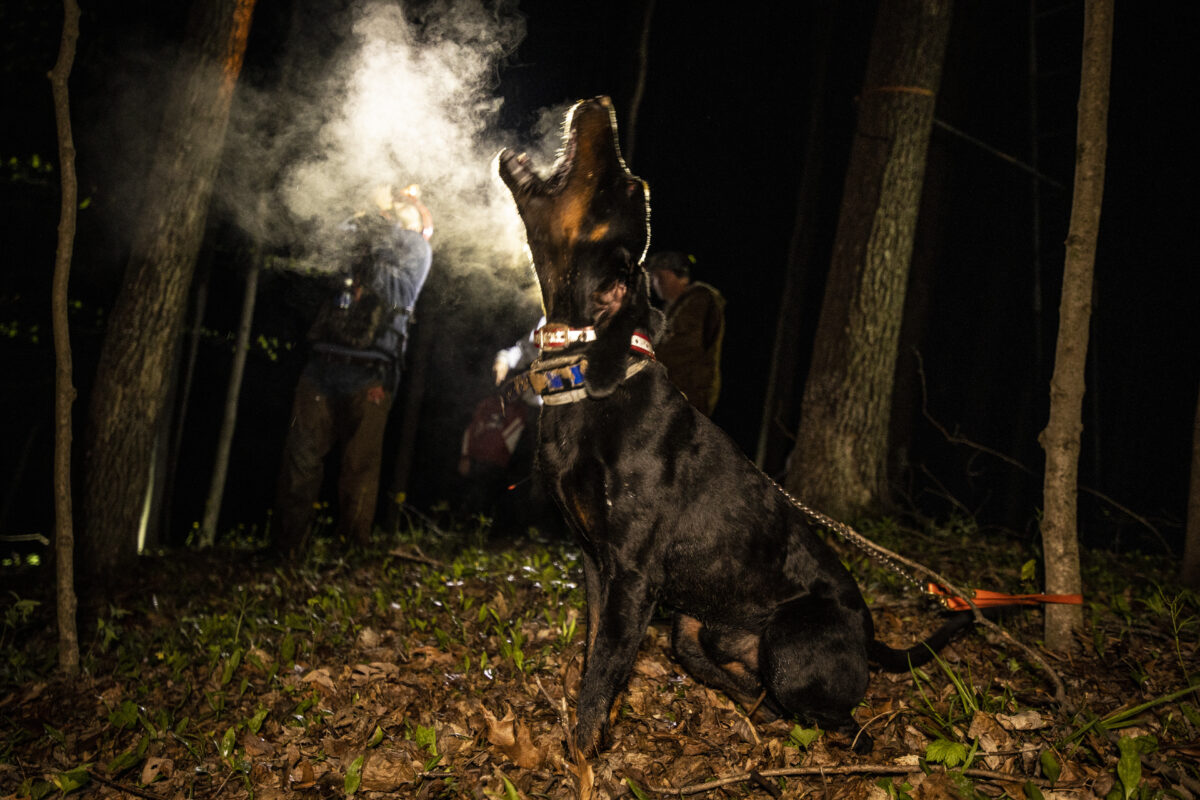
Let’s Take A Look At How Coon Hunting Has Evolved Over Time
Story By Sam Buff
The sport of coon hunting has experienced some serious changes over the last few decades. I’ve connected with a diverse group of enthusiastic coonhound fanciers that have shared their memories of the past, opinions on the present, and predictions for the future. Their hunting preferences include both competition and pleasure hunting, and they represent several regions across the country. They have helped create a clear picture about the past, present, and future states of coon hunting, and there is no one more qualified to talk about the big picture than Trevor Wade.
One for the Money
Wade serves as the United Kennel Club’s (UKC) Coonhound Program Manager. He spends much of his time travelling across the country attending major coonhound events. He helps manage the operations and focuses on facilitating program goals. Trevor is on the front lines of the competition scene and personally enjoys both competition and pleasure hunting.
He describes a sport that has changed a lot over time. “There are less hunters now than 20 to 30 years ago,” Wade said. “There was a time when the popularity of coon hunting was driven by a lucrative fur market. As the market declined and fur prices followed suit, pleasure hunting went on the decline. Around the same time, the popularity of competition events boomed. They started out as events that rewarded the hunter with titles and trophies and have over time began to evolve.”
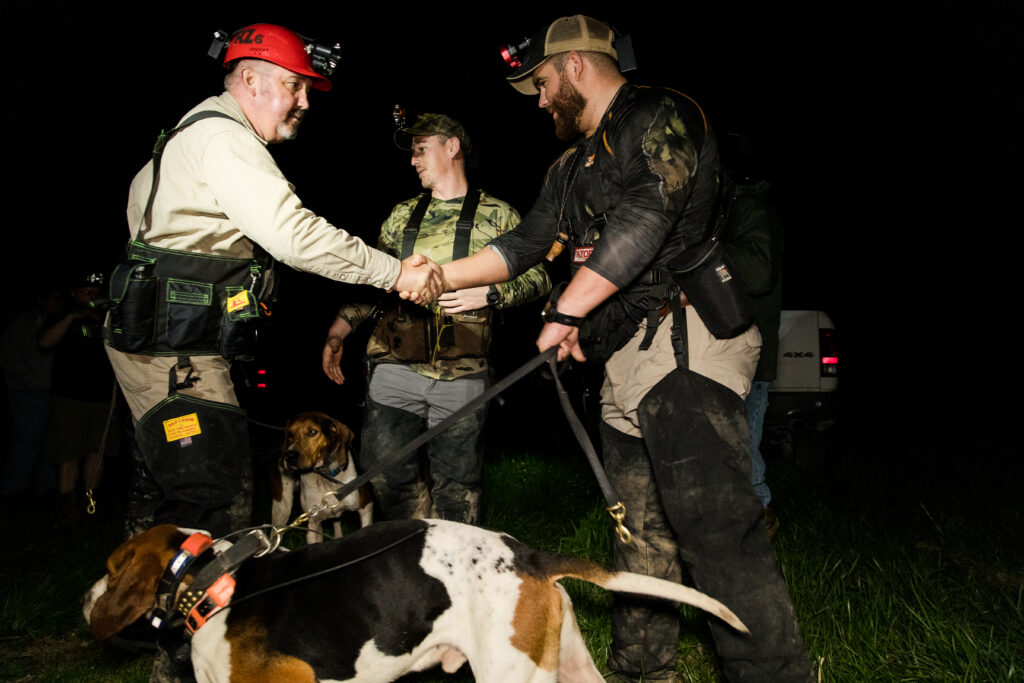
UKC quickly established itself as the dominant registry and did so by offering high quality hunting events for owners of their registered hounds. Winners proudly took home nice trophies and bragging rights at events such as Nite Hunts and bench shows. Win a certain number of events and your hound was well on their way to earning a coveted UKC hunting and/or showing title. The titles of Grand Nite Champion and/or Grand Show Champion were the most desirable titles of the day and carried an enormous amount of weight to all of those remaining in the sport, both competition and pleasure hunters alike.
New registries emerged as the competition coon hunts continued to be popular. Competitors to traditional style hunts appeared and began to offer a different reward system. Cold hard cash has become the new reward. This new style of hunt, often referred to as “pro-style,” has altered the competition landscape and continues to change to meet the needs of both hunters and registries. The $25 entry trophy-style hunt of yesterday is being met today by the $300 entry fee for a chance to win $2K hunts. There are hunts that offer entrants a chance to win side-by-sides, brand new trucks, and payouts that exceed six figures.
Traditional hosts of events—like the UKC—appear to have embraced the desires of many hunters and have begun to offer both styles of events for its registered hound owners. The UKC hunting titles remain the gold standard, but changes in hunting formats have been made to satisfy the modern houndsman. This past year’s UKC World Hunt offered a $25K total purse and the Tournament of Champions hunt offered a $250,000 total purse. It should come as no surprise that although you may be able to find a decent coondog for $2K, a hound that can compete at the highest levels today will be priced from $30K to $80K and higher.
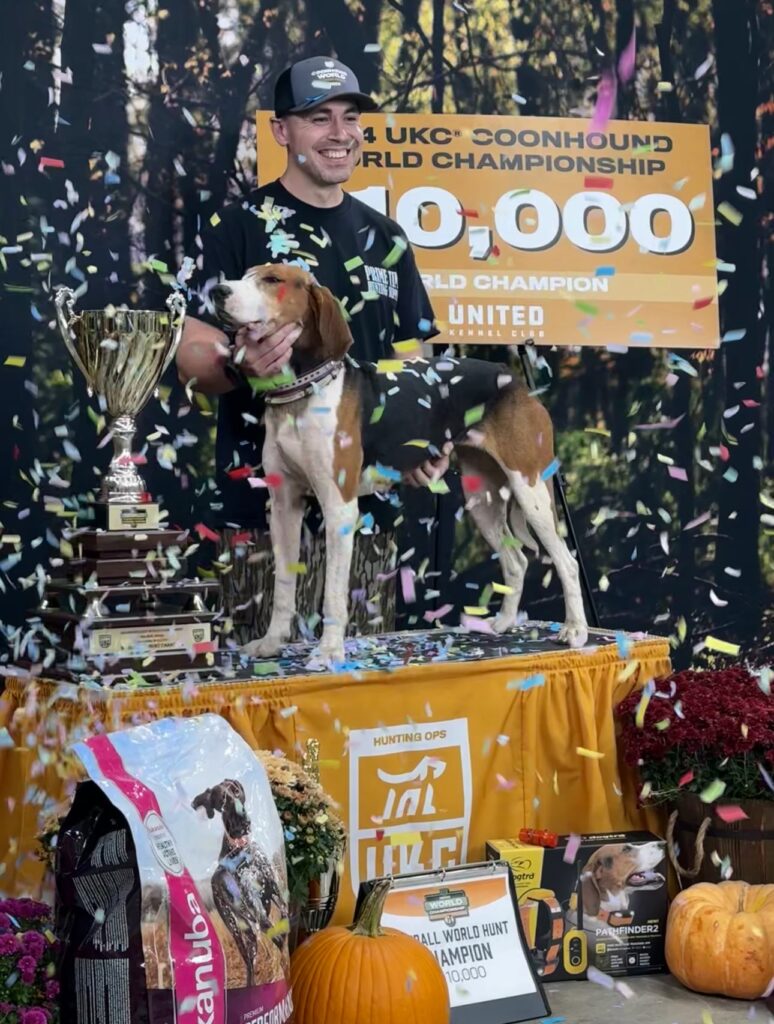
In the past, competition hunts were held on the weekends, while today a hunter has the opportunity to compete somewhere every night of the week. Wade shared that this new change in the accessibility of hunts is a good thing because it offers hunters choices at all levels, from beginner to professional. He has seen a rebound from the pandemic that makes him extremely optimistic for a bright future for comp hunters across the nation.
Two Fur the Show
One of my favorite coon hunters of all time, Ricky Jayroe hails from Georgetown, South Carolina, and frequently pleasure hunts out of his boat on the waterways in and around the Low Country of the Palmetto State. He has a long history with the redbone breed and is currently hunting a beautifully brindled Plott hound. Jayroe has chased coondogs for over 50 years and remembers well what hunting was like in the 1970s and 1980s.
As a young boy, he would trap during the week and hunt with his hounds on the weekends. This schedule helped him collect fur all week long without interrupting school attendance—which made his mom incredibly happy.
He stayed out hunting with his hounds extra late on those weekend nights because the hide prices were so high due to strong fur markets in Canada, Russia, and beyond. Jayroe recalled, “Quality hides back then would bring around $15 to $18 when sold to the local fur buyers, the Marsh Brothers.” Those furs would be worth $56 to $68 a piece in 2024. At a time when local wages were averaging $2.10 per hour, a single quality hide was worth about the same dollar amount as an entire day’s pay. Jayroe shared that his all-time personal best record for fur sales was a haul of $1,056 in a single week. Again, that would be approximately $4,000 today. I could hear the pride and excitement in his voice as he exclaimed, “On an average week I could make three months’ pay with my hounds!” Then things seemed to change overnight—the fur market collapsed and the demand for hides began to disappear.
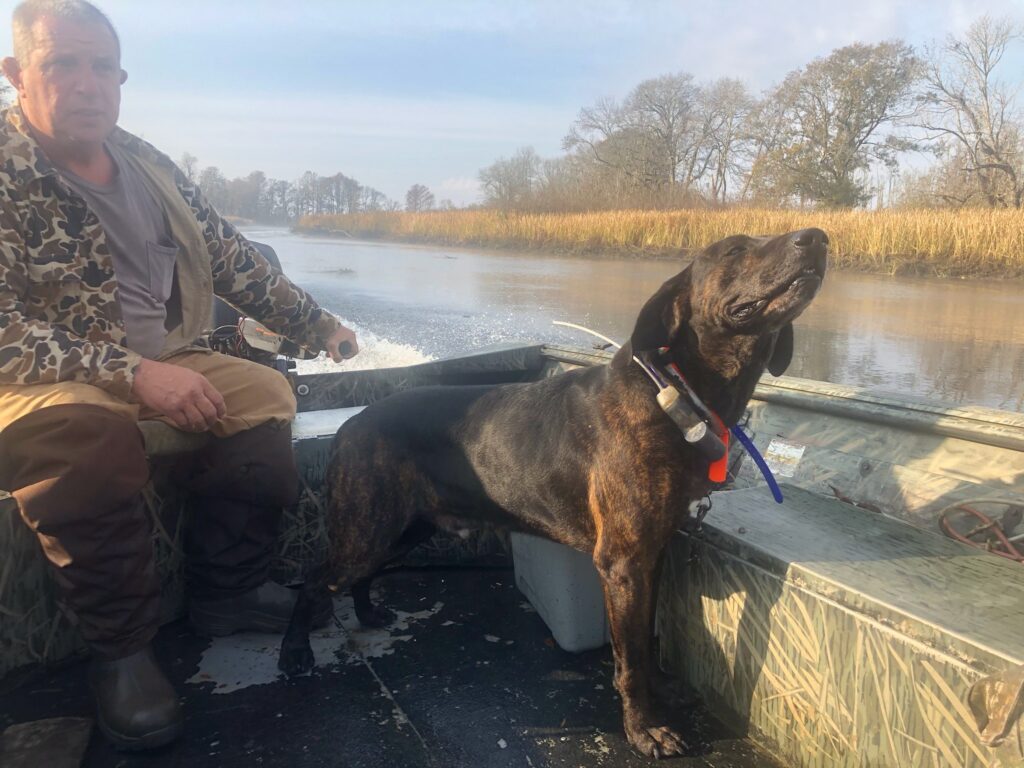
In a time when everything that lived on the farm produced something for the family, the once revered hide dog became a financial burden. The costs of keeping a hound far outweighed what they brought in for the family. The result was predictable; many pleasure hunters rehomed their hounds and moved onto new pursuits. It was during this time that dedicated and entrepreneurial houndsmen like Ricky Jayroe were reevaluating their roles in an uncertain future for coon hunters.
Coon hunting had successfully navigated the challenge of reinventing itself after the collapse of the fur market as comp hunts were on the rise when another unforeseen challenge was about to leave its mark. It is no secret the COVID-19 pandemic proved difficult for individuals, families, businesses, and even our coon hunting clubs. Many clubs did not survive; however, there is good news as some clubs have grown after the pandemic.
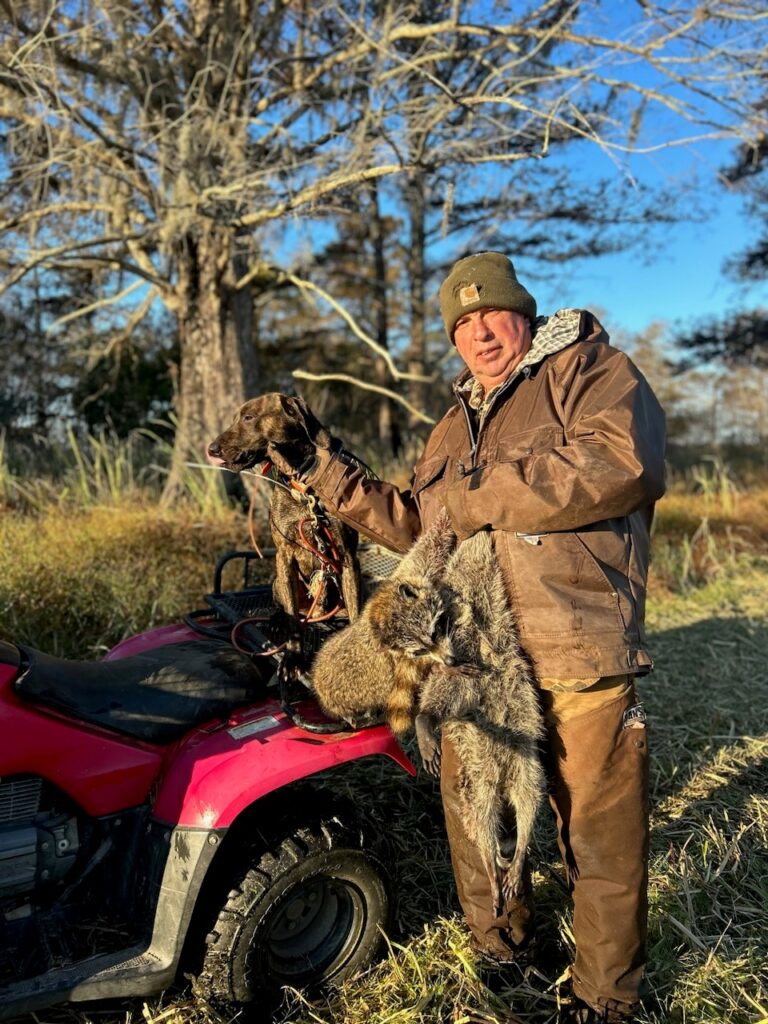
Find Me at the Club
I dialed up the leadership team at the Limberlost Coon Hunters Club (LCHC) in Bryant, Indiana, who agreed to share their thoughts on today’s coon hunting world. This club has been around since the 1960s and their current leadership team has over 300 combined years of coon hunting experience between them. The LCHC is one of the most respected clubs in the country. They host competition events of all sizes ranging from the smaller local club hunts to larger events such as regional world hunt qualifiers, breed days, Freedom Hunters events for veterans, and they serve as a satellite club for Autumn Oaks—this club is active in every aspect of the sport.
Clubs like Limberlost have rebounded nicely and their event entries are currently at or above where they were pre-pandemic. They attribute much of their success to collaborating with other clubs to support large events such as UKC’s Autumn Oaks, hosting qualifying events, and continuing to find creative ways to introduce newcomers to the sport. The Veteran’s Freedom Hunt is held every year as a way to introduce military veterans to coon hunting, and the club recently hosted a hunter education course for 35 kids. This club focuses heavily on recruiting and retaining youngsters into the sport. They realize the importance of tomorrow’s coon hunters. The club’s hard work is paying off as their events are well attended and they are on very secure financial footing.
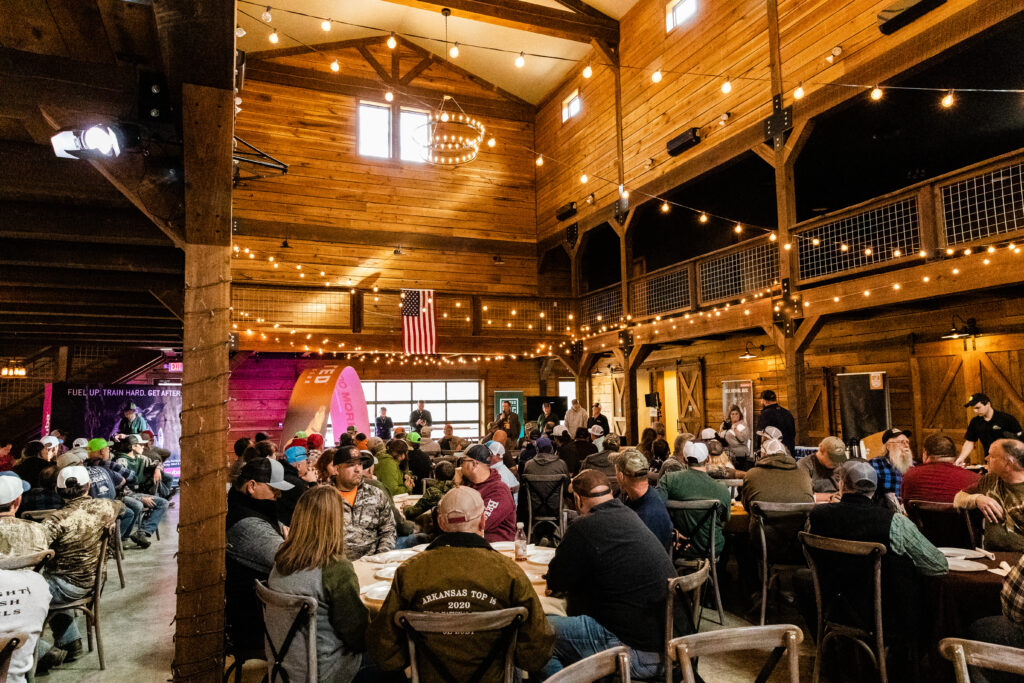
The entire leadership team at Limberlost agrees that technology is the biggest change to coon hunting in recent history. Gone are the days of driving around with the windows down hollering for a wayward hound to come home. Today’s hounds and hunters are equipped with the finest GPS devices that not only track a hound’s location, but can tell you how close they are to the highway, what direction they are travelling, how fast they are moving, how many miles they’ve traveled during the hunt, if they’re treed or not, how to find your way back to the truck, and more. One member recalled that on many occasions, “We would give up the search for our hounds at two or three in the morning and leave a coat on the ground. By the next morning, we would pick up our hounds by the coat!” Improvements in tracking systems is a single example of how technology has advanced to make hunting easier and more fun. Add to that list brighter lights, more comfortable boots, diamond-plated dog boxes, temperature-regulated hunting apparel, etc., and you’ll quickly understand the positive impact that technology has had on the sport.
The Tri-County Coon Club resides in Vale, North Carolina, where Daniel Sneed serves as the president. Sneed echoes the same sentiments as his larger club counterparts, ranking advances in technology as the number one change during his coon hunting career. In his younger days, a typical hunt would be one drop per night that usually ended with a long walk in and out of the woods to retrieve the hounds. Today, he makes two to three drops per night because he can see the hounds on a handheld which allows him to pinpoint their location and identify opportunities to drive around closer to where they are treed. Sneed also pointed out that in addition to the convenience of new tech, there are safety aspects as well. “You can watch your hounds in real time and quickly move to catch them should they get too close to a busy highway where they can get into trouble,” he added.
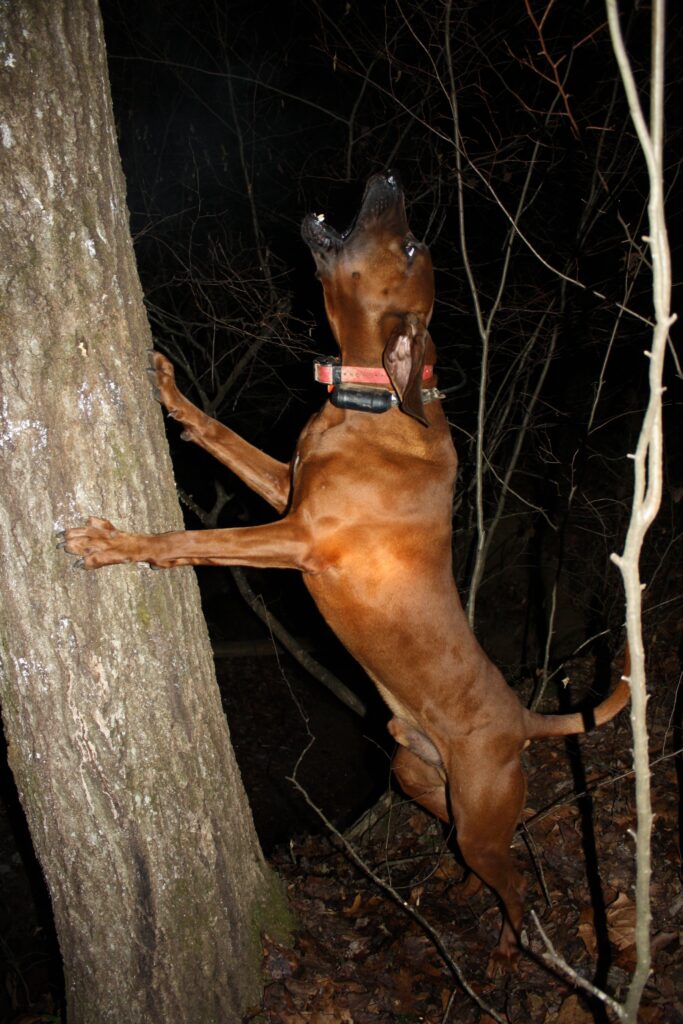
The Future of Coon Hunting in North America
Today’s coon hunters have better technology, power-packed hounds, and opportunities to compete for six figure payouts. Youngsters are engaged in youth programs all over the country that are teaching them how to hunt safely and honorably while instilling the values that will be required to carry on coon hunting for future generations. And while all of this is super exciting, what lies ahead?
I can see a future where technology advances to the point where all competition hunters and their hounds will wear video cameras attached to their hats and collars. The Master of Hounds will spend the bulk of the hunt in the clubhouse eating hamburgers by the fireplace while watching casts live on a widescreen television. Tracking technology will allow the judge to mark the locations of the tree and hounds to help with scoring situations. Scoring will be done instantly via an app on a smart phone so handlers, judges, and the Master of Hounds will know what is happening on the cast in real time. And there will be thermal heat detecting equipment used to find the raccoons in the tree to make scoring easier—well, that one already exists.
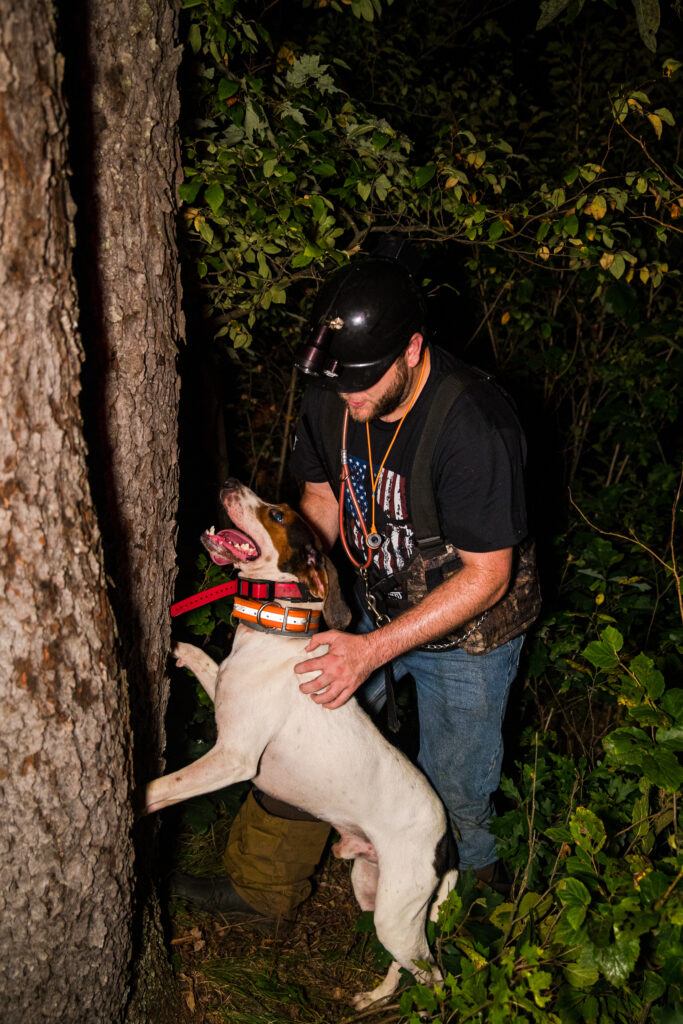
There is little doubt that coon hunting will continue to be impacted by advancements in technology, big money payouts, and the desires of the next generation of hunters. Much like the telephone, coon hunting was not eliminated with changing markets, but rather refined and improved. I cannot wait to see what it looks like in another couple of decades.
